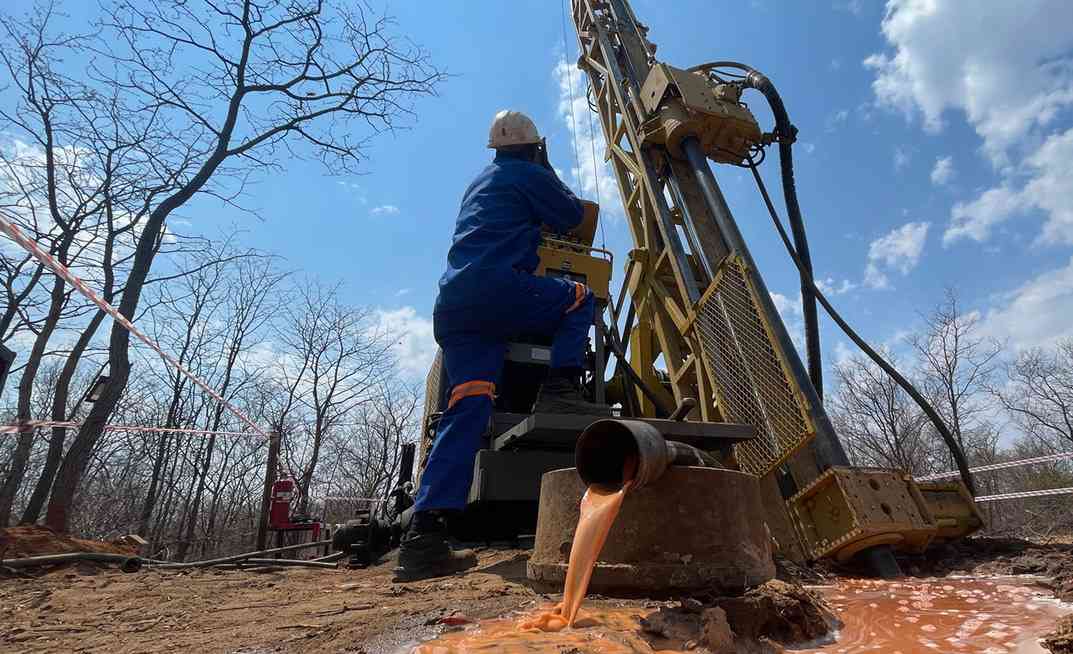
Piggy recommends investors and traders on local capital markets to have an appreciation of economic cycles and stock market crashes. This is crucial given that share price movements are determined by a broad set of micro and macro-economic fundamentals.
By definition, a stock market crash is a rapid and often unanticipated drop in share prices. Crashes can be a side effect of a major catastrophic event, economic crisis, or the collapse of a long-term speculative bubble. A stock market crash is a social phenomenon where external economic events combine with crowd psychology in a positive feedback loop whereby selling by some market participants drives more market participants to sell.
Crashes usually occur under the following conditions: a prolonged period of rising stock prices (a bull market) and excessive economic optimism, a market where price–earnings ratios exceed long-term averages and extensive use of margin debt and leverage by market participants.
Other aspects such as wars, large corporate hacks and natural disasters may also influence a significant decline in the stock market value of a wide range of stocks. There is no numerically specific definition of a stock market crash, but the term commonly applies to declines of over 10% in a stock market index over a period of several days. Some famous stock market crashes include those during the 1929 Great Depression, Black Monday of 1987, the 2001 dotcom bubble burst, the 2008 financial crisis and during the 2020 Covid-19 pandemic.
Some examples of market crashes and economic bubbles;
The Tulip Mania (1634-1637)
During this era, single tulip bulbs sold for more than 10 times the annual income of a skilled artisan. The Tulip Mania is often considered to be the first recorded economic bubble.
Panic of 1907
- Premier Africa Minerals chairperson steps down
- As Covid-19 persists, workplace trends to continue shifting in 2022
- Real deal: Zanla fighter’s daughter now top medical officer in US
- Getting to know long Covid-19
Keep Reading
In 1907 and in 1908, stock prices fell by nearly 50% due to a variety of factors, led by the manipulation of copper stocks by the Knickerbocker Trust Company. Shares of United Copper rose gradually up to October, and thereafter crashed, leading to panic. Several investment trusts and banks that had invested their money in the stock market had to close.
Wall Street Crash of 1929
The American economy had been growing rapidly as it was a technological golden age and innovations such as the radio, automobile, aviation, telephone, the electric power transmission grid were deployed. On August 24, 1921, the Dow Jones Industrial Average (DJIA) was at 63.9 points.
By September 3, 1929, it had risen more than sixfold to 381.2 points. By the summer of 1929, it was clear that the economy was contracting, and the stock market went through a series of unsettling price declines.
These declines fed investor anxiety and events came to a head on October 24, 28, and 29 (known respectively as Black Thursday, Black Monday, and Black Tuesday). By the end of the weekend of November 11, 1929, the index stood at 228 points, a cumulative drop of 40% from the September high. The markets rallied in succeeding months, but it was a temporary recovery that led unsuspecting investors into further losses. The DJIA lost 89% of its value before finally bottoming out in July 1932.
The crash was followed by the Great Depression, the worst economic crisis of modern times, which plagued the stock market and Wall Street throughout the 1930s.
October 19, 1987
The mid-1980s were a time of strong economic optimism. From August 1982 to its peak in August 1987, the DJIA rose from 776 to 2,722 points. The rise in market indices for the 19 largest markets in the world averaged 296% during this period. The crash on October 19, 1987, Black Monday, was the climatic culmination of a market decline that had begun five days before on October 14.
The DJIA fell 3.81% on October 14, followed by another 4.60% drop on Friday, October 16. On Black Monday, the DJIA plummeted 508 points, losing 22.6% of its value in one day. The S&P 500 Index dropped 20.4%, falling from 282.7 to 225.06 points. The crash was the greatest single-day loss that Wall Street had ever suffered in continuous trading up to that point. Between the start of trading on October 14 to the close on October 19, the DJIA lost 760 points, a decline of over 31%. In October 1987, all major world markets crashed or declined substantially.
The FTSE 100 Index lost 10.8% on that Monday and a further 12.2% the following day. Despite fears of a repeat of the Great Depression, the market rallied immediately after the crash, posting a record one-day gain of 102.27 the very next day and 186.64 points on Thursday October 22. It took only two years for the Dow to recover completely; by September 1989, the market had regained all the value it had lost in the 1987 crash. The DJIA gained 0.6% during calendar year 1987.
Financial crisis of 2007–2008
On September 15, 2008, the bankruptcy of Lehman Brothers and the collapse of Merrill Lynch along with a liquidity crisis of American International Group, all primarily due to exposure to packaged subprime loans and credit default swaps issued to insure these loans and their issuers, rapidly devolved into a global crisis.
This resulted in several bank failures in Europe and sharp reductions in the value of stocks and commodities worldwide. From October 6–10, 2008, the DJIA closed lower in all five sessions. Volume levels were record-breaking. The DJIA fell over 1,874 points, or 18%, in its worst weekly decline ever on both a points and percentage basis. The S&P 500 fell more than 20%.
2015–16 Chinese turbulence
In July 2015, most stocks on the Shanghai Stock Exchange fell 30% within a few weeks due to concerns about a slowing economy.
2020 Coronavirus scrash
During the week of February 24–28, 2020, stock markets dropped as the COVID-19 pandemic spread globally. The FTSE 100 dropped 13%, while the DJIA and S&P 500 Index dropped 11-12% in the biggest downward weekly drop since the financial crisis of 2007-2008. On March 12, 2020, a day after President Donald Trump announced a travel ban from Europe, stock prices again fell sharply.
The DJIA declined 9.99% — the largest daily decline since Black Monday (1987) — despite the Federal Reserve announcing it would inject USD1.5 trillion into money markets. The S&P 500 and the Nasdaq each dropped by approximately 9.5%. The major European stock market indexes all fell over 10%.
Overall, most stock exchanges around the world have put in place mitigation strategies to avoid market crashes.
- Matsika is the managing partner at Mark & Associates Consulting and founder of piggybankadvisor.com. — +263 78 358 4745 or batanai@markassociatescg.com/ batanai@piggybankadvisor.com.






